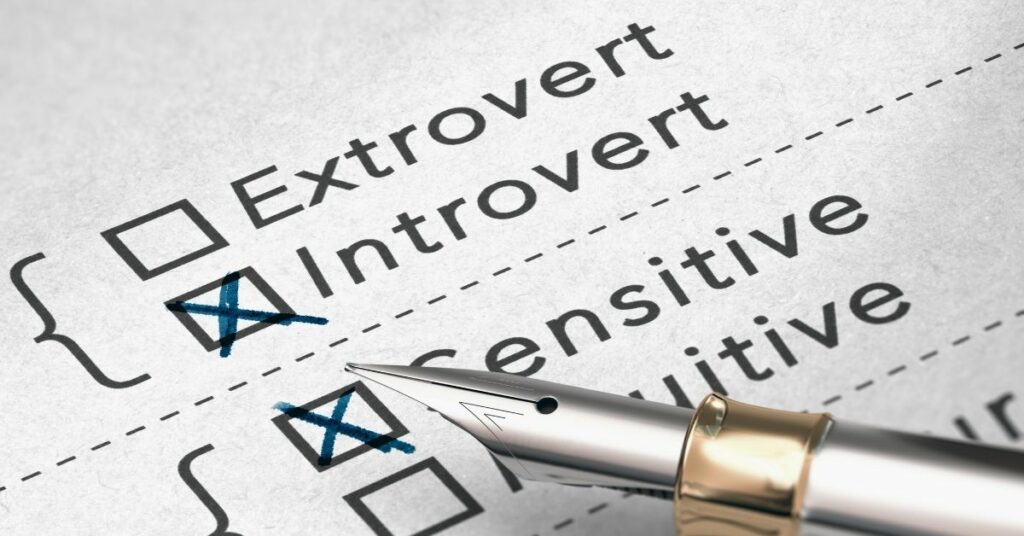
Human behavior can be a natural puzzle, with most people being confident and stubborn about their worldview and unaware of others. This can sometimes cause friction when behavior or personality is misunderstood, and can even affect productivity or good relations in the office. If you have a growth mindset that strives to better understand the people you work with, then continue reading for an explanation of the four DISC personality types and how to best connect with them.
The 4 DISC Personality Types
DISC is an acronym that stands for the four behavioral styles in the model. Each of these styles has its own characteristics, strengths, weaknesses, motivations, and communication preferences. The four styles are as follows:
- D stands for Dominance: These people are confident and outspoken, and may at times be demanding. They value results and “seeing the big picture.”
- I stands for Influence: These people are trusting, optimistic, and open. They tend to be friendly and lively, and adept at influencing and persuading others.
- S stands for Steadiness: These people tend to be calm and deliberate and heavily value being able to take things at their own pace, as well as cooperation, dependability, and sincerity.
- C stands for Conscientiousness: These people are highly detail-oriented and value accuracy and quality. They also tend to be independent and fearful of making mistakes.
While most people tend to gravitate towards one style the most, it is important to remember that they are a blend of all four styles, and it is not as simple as assigning them into a category. No one style is better or worse than the others, and their true value is in helping you understand how to adjust your behaviors and tendencies to better communicate with others.
Better Communication Through Understanding
People have unique ways they want to talk and be talked to. DISC profiles can help you better understand how you and other people in the workplace express your emotions, solve problems, relate to other people, respond to rules and procedures, and the pace of communication you prefer.
Here are some suggestions for how to communicate with each type.
Communicating With the D Personality
D personality types will appreciate it when you communicate directly and clearly, without unnecessary rambling or personal chitchat. Instead of asking them about their day, just lay out the facts, along with any objectives, requirements, or goals.
Example: “I want to assign you to our new project. It’s going to be about establishing a partnership with Company in order to host an exhibit at their event space. The target would be one month from now.”
Communicating With the I Personality
I personality types take a keen interest in people, so they will appreciate it if you give them space for relating and socializing. Allow them to share their opinions and feedback, but make sure that they don’t lose focus on the topic at hand.
Example: “Hey, I heard you went out kayaking with John last weekend, how’d it go? I was thinking of assigning the two of you to work together on something soon; I’ll send you the details over email.”
Communicating With the S Personality
S personality types are more reserved and good at listening carefully. Don’t spring sudden decisions on them; give them time to think about it. To ensure that they’re not just placidly going along with you, make sure to ask for their opinions and show that you have a sincere interest in what they have to say.
Example: “You were the one that handled our collaboration with Company, right? Do you think we should collaborate with them again? I have a new proposal that you can review. I don’t need a response right away, but I’d appreciate one within the week.”
Communicating With the C Personality
C type personalities usually prefer written communication, so they can review all the details they need. Be prepared to answer their questions about the specifics, and back up what you say with data from reliable sources. They also appreciate focusing on the facts rather than feelings, so don’t try to be overly personal with them.
Example: “I’m sending you an email with the proposal from Company. It should have all the details included in the file. You can read over it and ask me if you have any questions; we’re looking to have a reply to them by next week.”
Final Thoughts
Now that you’ve gained some insight into how different personality types can affect the effectiveness of communication in the workplace, the next step is to apply it in practice. For more information that can help you with your personal development and improve your mindset, subscribe to Wealtheo+ today.
Related Articles
How To Quickly Improve Your Credit Score
Bad credit can lead to plenty of issues. It can make it difficult to get a loan, rent an apartment, or even get a job. ...
Read More
Is Debt a Sign of Failure?
Debt is a tricky topic. Some people see debt as a sign of failure, while others see it as an opportunity to invest in something ...
Read More
How To Set and Reach Financial Goals
When it comes to your finances, you would likely love to be in a much better place. But, if you’re honest with yourself, you often ...
Read More







